
Six crazy and weird Japanese theme parks for an unforgettable experience
From some of the world’s most insane roller coasters to an authentic reproduction of Hong Kong’s Kowloon Walled City – right down to the trash – these Japanese theme parks will give you a visit to remember
World-record-breaking roller coasters and recreations of eras long past. Gargantuan video-game paradises and maze-like odes to anime. Mini versions of a quaint Dutch town and the long-demolished Kowloon Walled City.
Theme parks like these could only exist in Japan – a country that embraces niche interests and encourages strange tastes while others obsess over the mainstream.
Nine crazy places for real-life video games in Hong Kong: let battle begin
Though eccentric parks exist in other countries – Hong Kong included, with Park Island’s Noah’s Ark – nowhere beats Japan for their sheer proliferation, with dozens scattered across the country. Here we look at six of the best, with backup options for each should you choose to dig even deeper into the country’s wealth of weirdness.
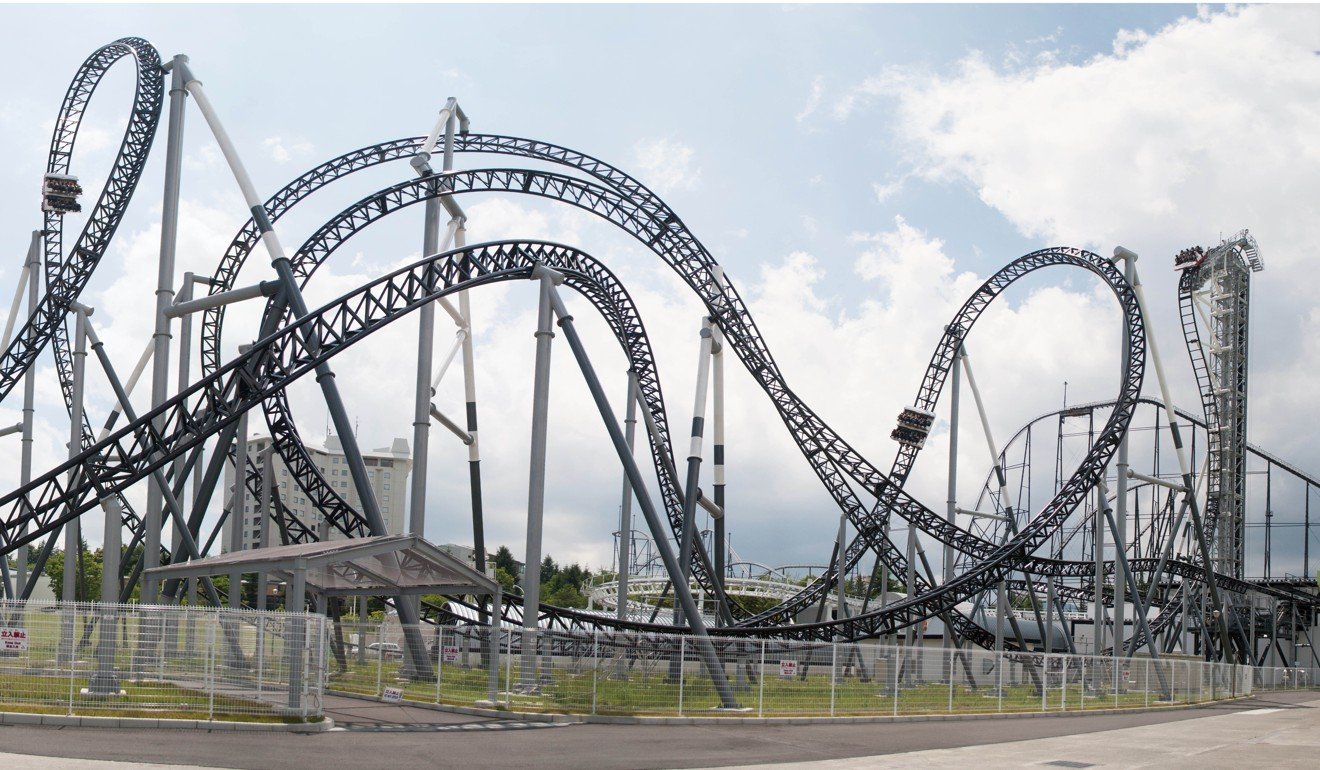
For death-wish thrill seekers: Fuji-Q Highland
Sitting in the shadow of Mount Fuji, Fuji-Q Highland is a gift from the roller-coaster gods. It is a place of pure thrills, with stomach-churning rides set against stunning mountain views.
It’s got a roller coaster with a 121-degree angle drop (the steepest in the world), a “4th Dimension” one with seats that spin riders independent of the track (it also holds the joint world record for most times it turns riders upside down), and another with the highest acceleration at launch (32.1 metres per second squared).

The park also has classic fairground attractions – merry-go-rounds, tower drops, Ferris wheels. And then there is the Fortress of Despair challenge – an all-but-impossible “break-in” game that has never been successfully completed by any visitor – the Super Scary Labyrinth of Fear (the longest haunted house in the world, which takes 50 minutes to finish), and a virtual flight simulator around Fuji.
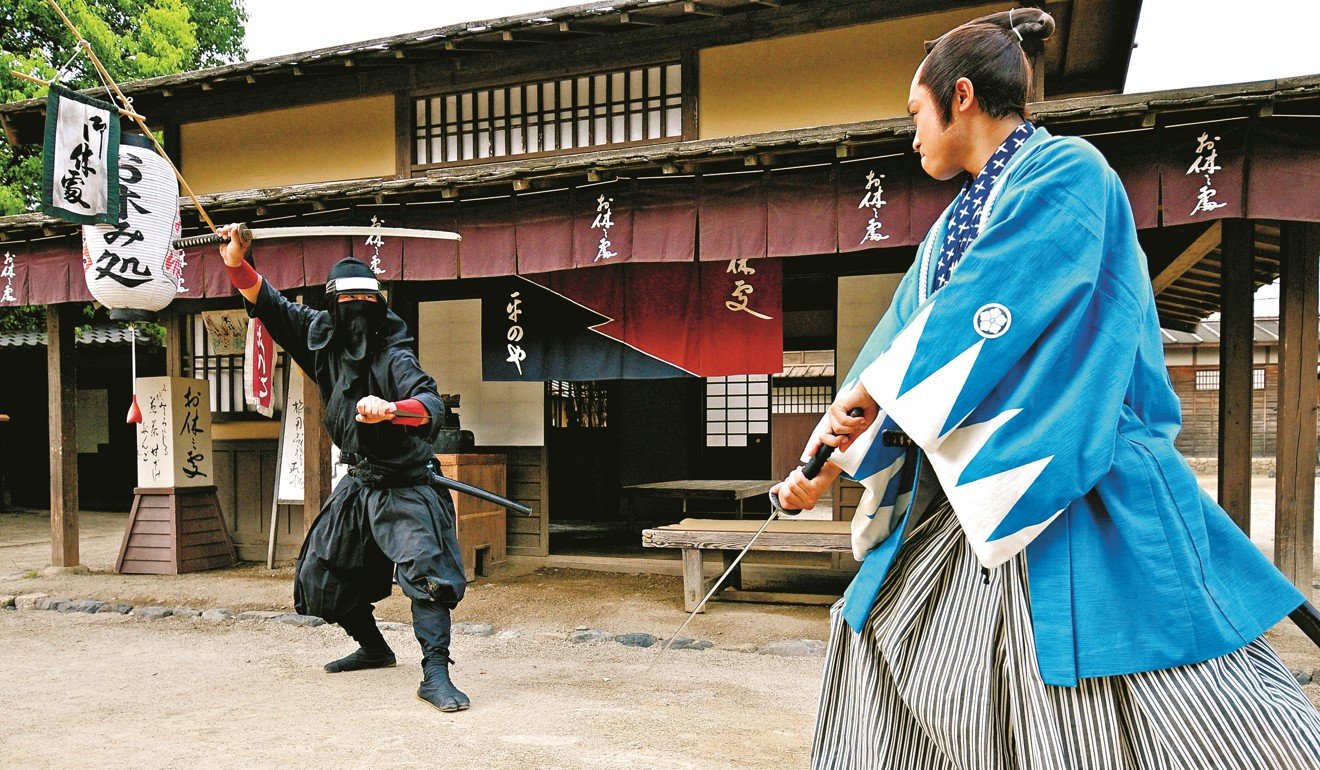
For dreams of old Japan: Toei Kyoto Studio Park
When thinking of feudal Japan, some people’s minds turn naturally to Akira Kurosawa films such as Rashomon, Seven Samurai and Yojimbo. At Toei Kyoto Studio Park, on the former sets of Kurosawa’s films, visitors are given the chance to relive those days full of samurais, ninjas, ronin and geishas.

Detailed recreations of Meiji-era buildings line the streets, from the city centre (where the courthouse stands) to the suburbs, with their period homes, and even an authentically recreated red-light district (minus the women of the night, of course).
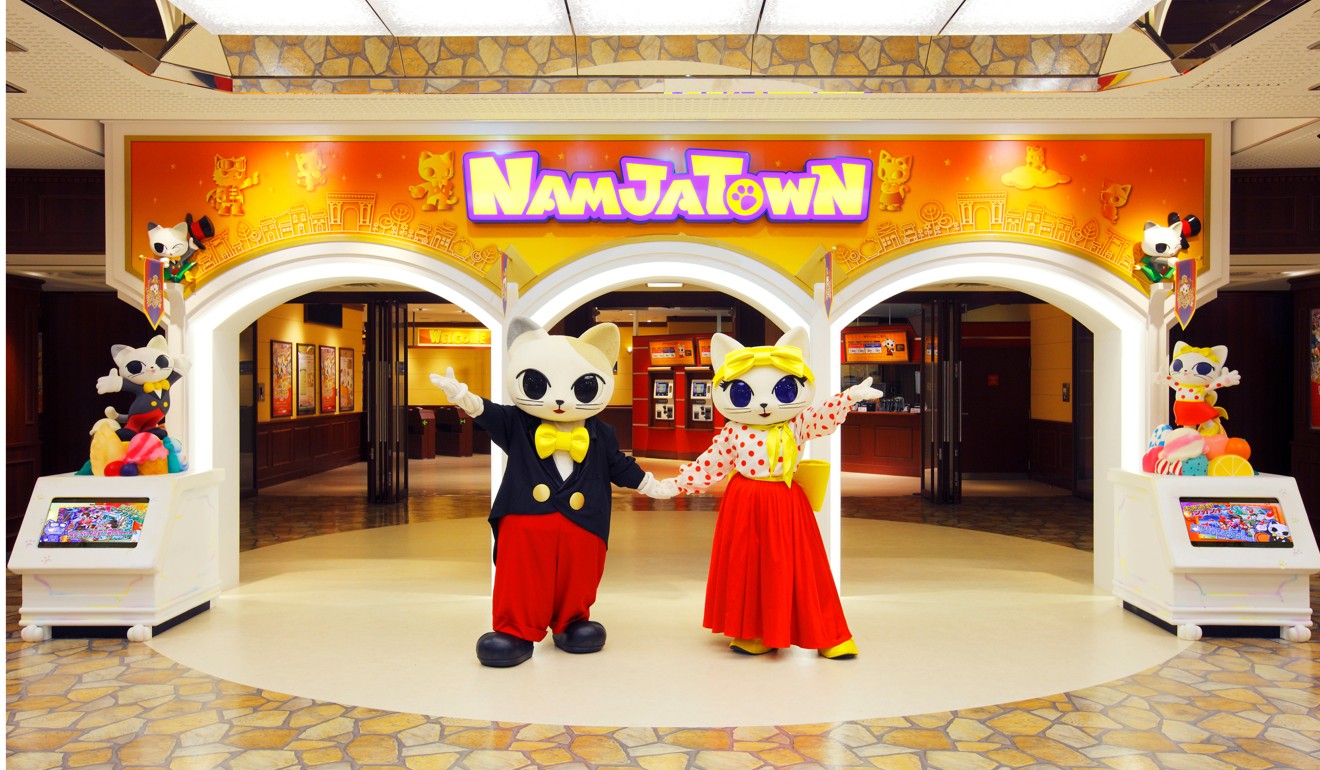
For surreal button-mashing games: Namco Namja Town
Japan’s malls are unlike any you’ll find in the world, and Tokyo’s Sunshine City, a sprawling complex on the city’s outskirts, is no exception. It has standard shops, restaurants and hotels, but there is also a museum on ancient Greco-Buddhist artwork, a planetarium, an aquarium and – most bizarrely of all – Namco Namja Town.
On the surface, this theme park is dedicated to Namco video games – everything from the original Pac-Man through to Tekken, Time Crisis and Soulcalibur. But alongside the chance to replay your favourite games are surreal asides that have nothing to do with them.
Here you’ll find an entire “museum” on gyoza (Japanese pork dumplings), single-malt-whisky ice cream, and a frightening haunted house made to look like an abandoned village that often isn’t in keeping with the otherwise family-friendly park.


For the anime-obsessed: Ghibli Museum
“Weebs”, as they are popularly known online, are non-Japanese folk obsessed with the land of the rising sun – and, in particular, anime. That makes the Ghibli Museum such a hot ticket in Tokyo, with fans having to book months in advance to secure entrance.
The name is a bit of a misnomer, as it’s more of a theme park about the famed Japanese film studio than an exhibition. Designed by Studio Ghibli co-founder and director Hayao Miyazaki himself, the aim is to immerse visitors in the Ghibli films’ particular brand of dreamlike charm, with the park designed as a mazelike adventure that allows you to go your own way.
Five ways you can save money on your next Tokyo trip
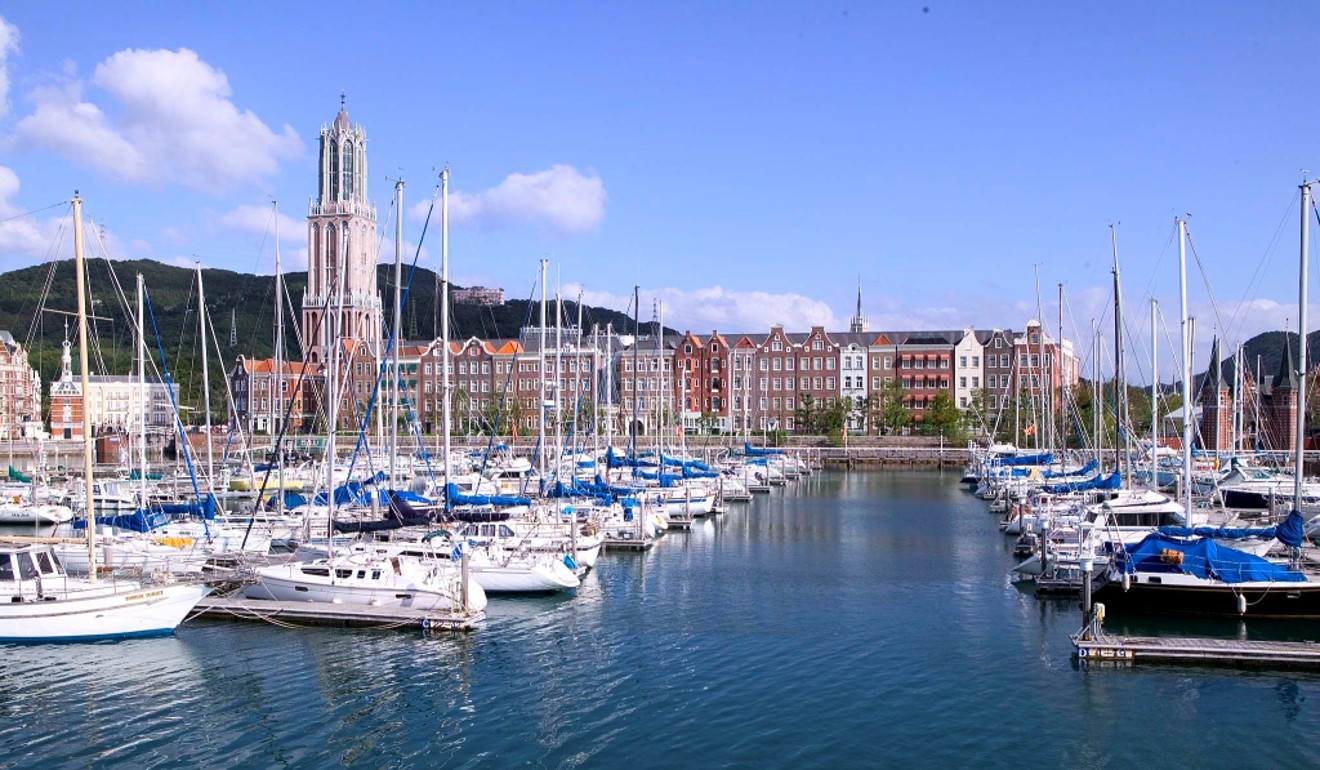
For a whole new world: Huis Ten Bosch
There exists a mental affliction called “Paris syndrome”, a disorder that predominantly affects Japanese tourists when they realise that their fairy-tale visions of the French capital don’t conform to the warts-and-all reality of the city.
The disorder can manifest itself in symptoms as severe as hallucinations, feelings of persecution and even vomiting.
There never will be a “Dutch syndrome”, however, thanks to Huis Ten Bosch, a dreamlike vision of a 17th-century Dutch town set just outside Nagasaki and named after one of The Hague’s royal residences.
Located on a seafront property the size of Monaco, the vast park is impeccably designed, with windmills, canals, narrow houses and steepled churches, forests and lakes like those the Netherlands is famed for.
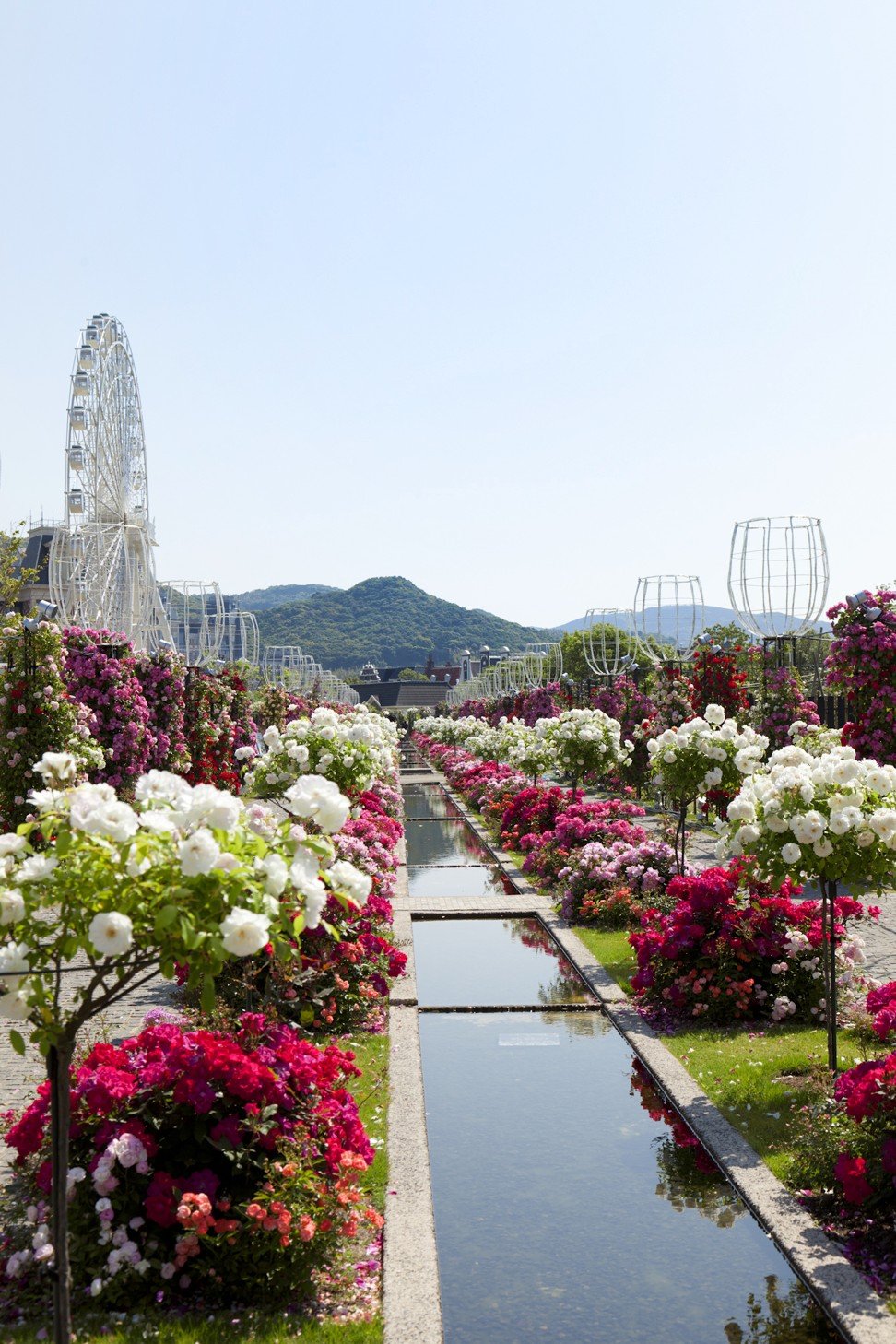
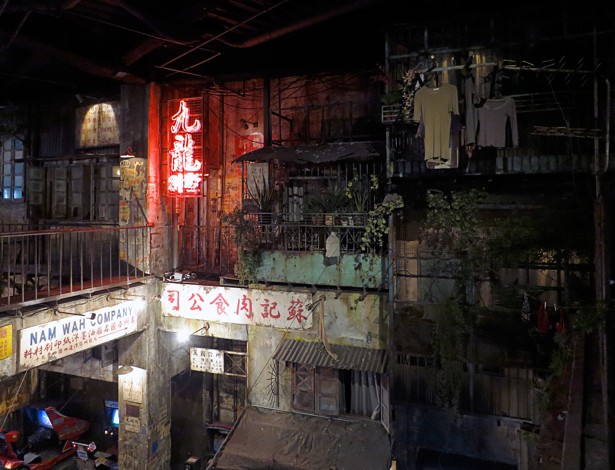
For the slightly deranged: Kawasaki Warehouse
Some say the Kowloon Walled City was Hong Kong’s last beacon of nonconformity, a symbol of independence and a lawless place where anything was possible. Others thought it was just another slum.
To the founders of Kawasaki Warehouse, located on the outskirts of Tokyo, the famed Walled City is a place of such myth and wonderment that they have attempted to recreate it. Their effort features such obsessive attention to detail that they even imported trash straight from Hong Kong.
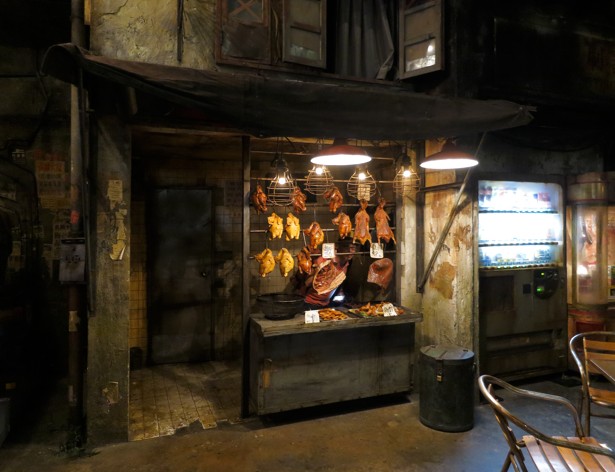
Recordings of people arguing in Cantonese are piped through speakers, neon lights illuminate decrepit signs and torn posters, red butcher’s lamps glow over barbecued meat stalls, and a peek inside a grimy window reveals a (plastic) prostitute laid waiting on her back.
Japan: the land of 1,000 conveniences, from heated toilets to revolving train seats
